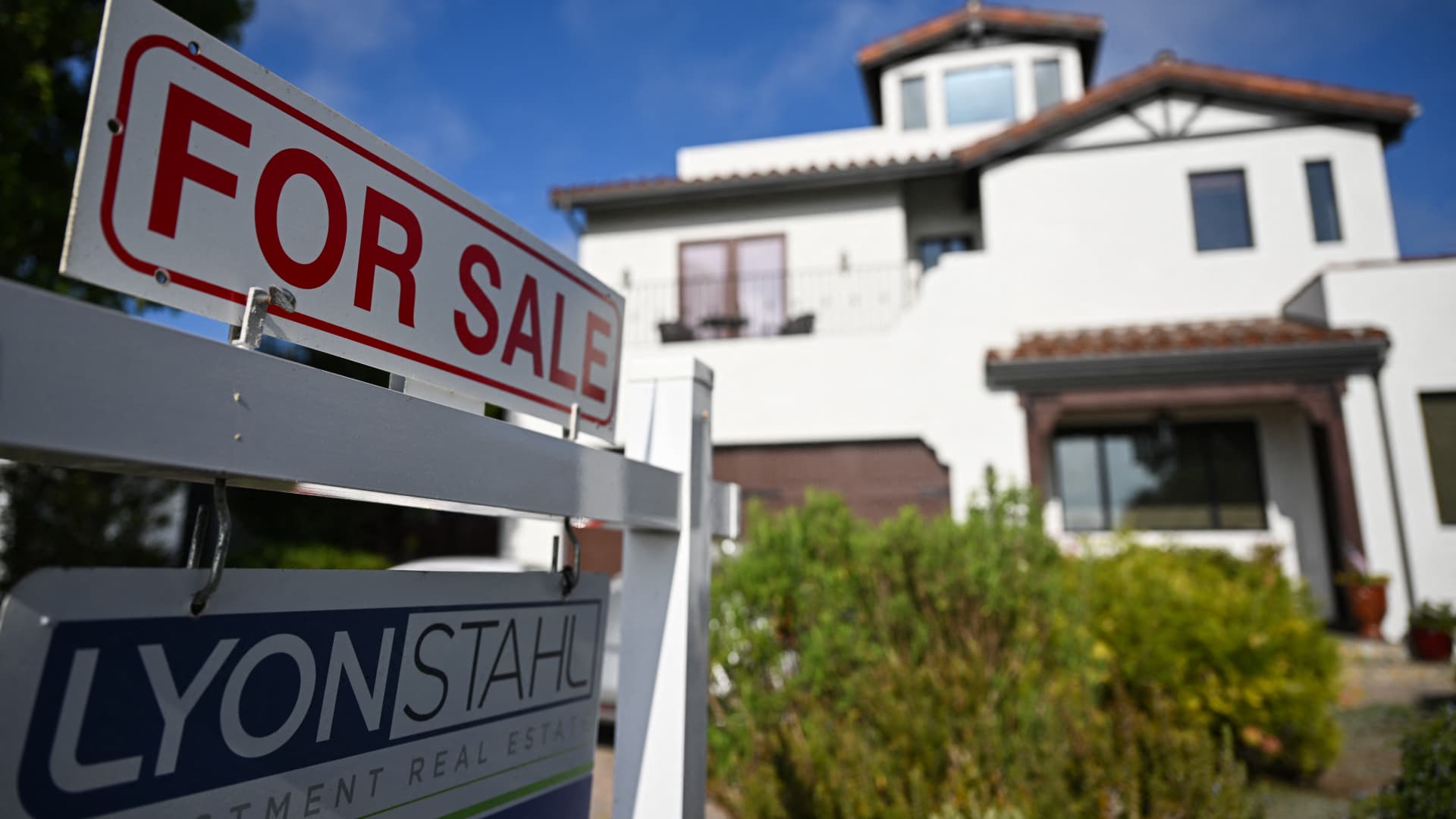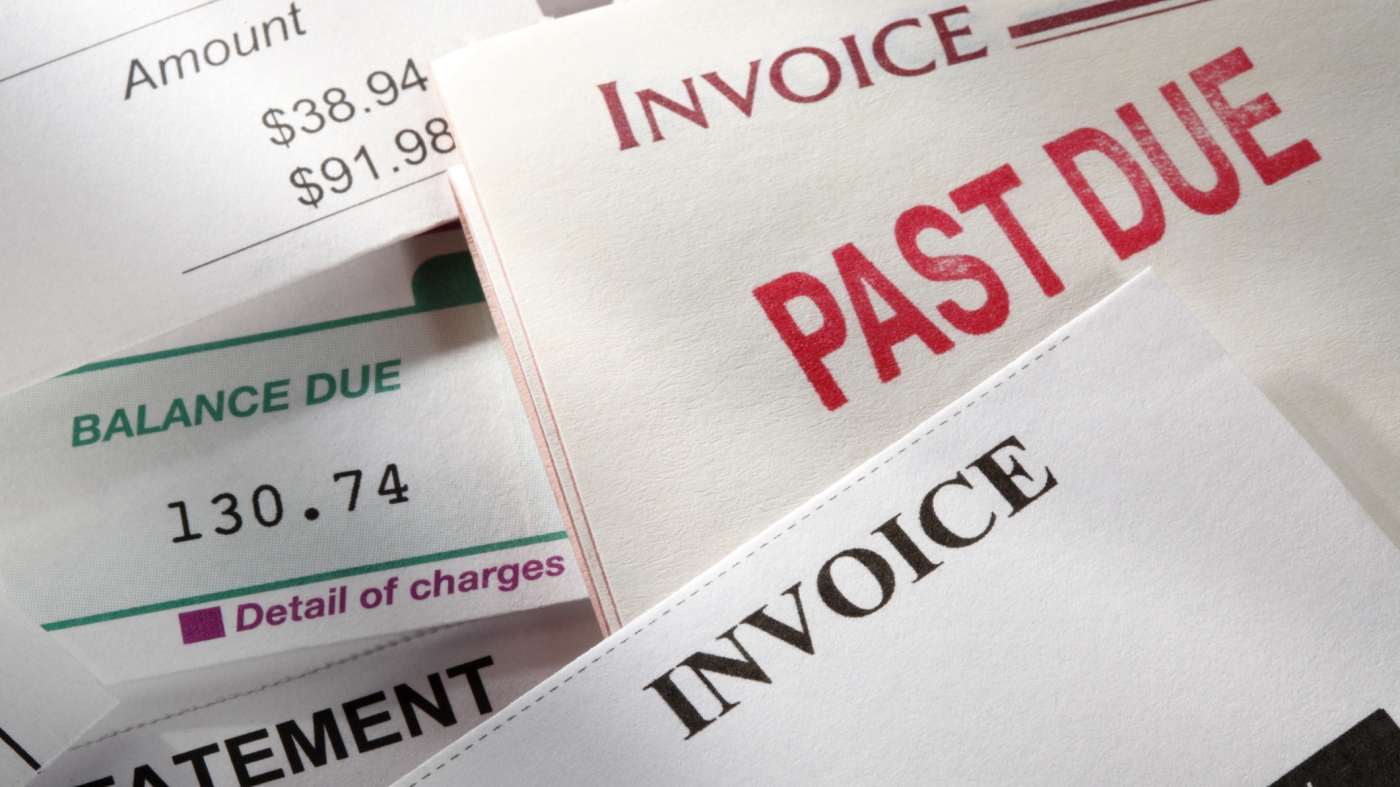
Mortgage rates tumble on tariffs, but housing costs still near record high
Mortgage rates fell sharply Thursday following the Trump administration’s tariff announcement.
The average rate on the popular 30-year fixed loan plunged 12 basis points to 6.63%, according to Mortgage News Daily. That put it at the lowest level since October.
The massive sell-off in the stock market early Thursday sent investors fleeing to the bond market. That caused bond yields to drop. Mortgage rates loosely follow the yield on the 10-year U.S. Treasury, and they had been moving in a very narrow range since late February.
“While plenty of uncertainty remains over the finer points of Wednesday afternoon’s tariff announcement, markets have heard enough to brace for impact on global trade,” wrote Matthew Graham, chief operating officer at Mortgage News Daily.
The drop in rates comes at a good time for the housing market, as the historically busy spring season kicks into gear. But there are several other factors working against buyers and hitting home affordability hard.
For the four weeks ending March 30, the typical U.S. homebuyer’s monthly payment hit a record high for the second week in a row, reaching $2,802, according to Redfin, a real estate brokerage.
“Sale prices are up 3.4% year over year, and the weekly average mortgage rate is 6.65%, near its lowest level since December but more than double pandemic-era lows,” according to the report.
Even with a slight drop in mortgage rates Thursday, roughly 70% of households, or 94 million, cannot afford a $400,000 home; the estimated median price of a new home is around $460,000 in 2025, according to the National Association of Home Builders. This calculation was based on income thresholds and underwriting standards.
The minimum income required to purchase a $200,000 home at the mortgage rate of 6.5% is $61,487, according to the report. In 2025, about 52.87 million households in the U.S. are estimated to have incomes no more than that threshold and, therefore, can only afford to buy homes priced up to $200,000.
While there is a growing supply of homes coming onto the market, that supply is not at the price point where it is most in demand, meaning, it’s not on the lower end. It is also, in general, far lower than it has been historically, due to chronic underbuilding since the Great Recession.
“Supply is picking up; a lot of people I’ve spoken to over the last year or two are calling, saying they’re ready to list their house,” said Matt Ferris, a Redfin agent in northern Virginia. “Some believe we’re at the top of the market, and they want to get top dollar for their house. Here in the D.C. area, some people are selling because they’re worried about losing their government job, or because they want to buy closer to the city due to in-office policies.”
As for the spring season so far, March saw a 10% annual jump in new listings, with active listings up roughly 28% year over year, according to Realtor.com. But it also found homes sitting on the market longer and the share of listings with price reductions rising. Pending sales, which are signed contracts on existing homes, fell 5.2% from last March in the nation’s largest metropolitan areas.
Some of the steepest declines were in Jacksonville, Florida, and Miami, Florida — down 15.1% and down 13.7%, respectively — where the markets have been softening due in part to reverse pandemic migration. Virginia Beach, Virginia, saw a 14.2% decline.
“The high cost of buying coupled with growing economic concerns suggest a sluggish response from buyers in early spring. We’re seeing a market that’s rebalancing, offering more choices for shoppers,” Danielle Hale, chief economist for Realtor.com, wrote in a release. “Recent improvements in mortgage rates bode well for the later spring and early-summer housing season, as long as economic concerns settle and don’t knock buyers off course.”










